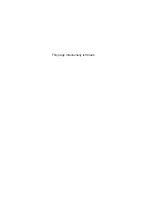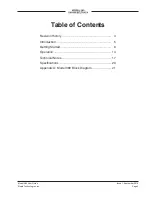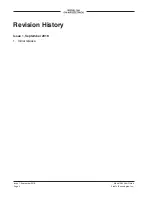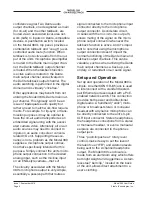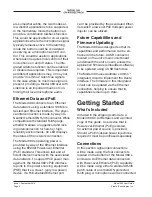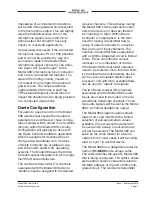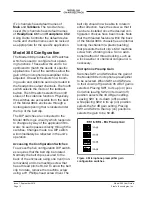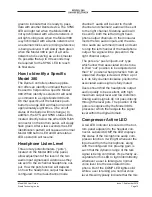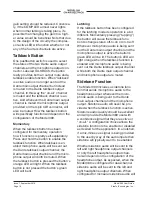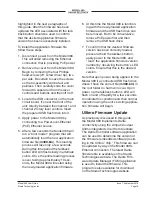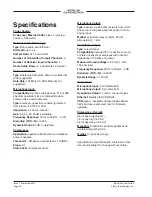
Model 380 User Guide
Issue 1, September 2016
Studio Technologies, Inc.
Page 11
impedance of a connected microphone
will be 400 ohms greater when presented
to the microphone output. This will slightly
raise the theoretical noise floor of the
microphone signal vis-a-vis the micro-
phone output but shouldn’t have any
impact on real-world applications.
As previously discussed, if the connected
microphone requires P12 or P48 phantom
power it must be provided by way of a
connection made to the Model 380’s
microphone output connector. The phan-
tom power will “pass through” to the
Model 380’s microphone input connector
and on to a connected microphone. The
state of the muting circuitry (muted or
not muted) will not impact the phantom
power source. The series resistance
(approximately 200 ohms in each leg
of the balanced signal) should also not
impact the phantom power being provided
to a connected microphone.
Dante Configuration
For audio to pass to and from the Model
380 requires that several Dante-related
parameters be configured. These configu-
ration settings will be stored in non-volatile
memory within the Model 380’s circuitry.
Configuration will typically be done with
the Dante Controller software application
which is available for download free of
charge at www.audinate.com. Versions
of Dante Controller are available to sup-
port Windows® and OS X® operating
systems. The Model 380 uses the Ultimo
2-input/2-output integrated circuit to imple-
ment the Dante architecture.
The two Dante transmitter (Tx) channels
associated with the Model 380’s Dante
interface must be assigned to the desired
receiver channels. This achieves routing
the Model 380’s two output audio chan-
nels to the device (or devices) that will
be “listening” to them. Within Dante
Controller a “subscription” is the term
used for routing a transmitter flow (a
group of output channels) to a receiver
flow (a group of input channels). The
number of transmitter flows associated
with an Ultimo integrated circuit is limited
to two. These can either be unicast,
multicast, or a combination of the two.
If the Model 380’s transmitter channels
need to be routed to more than two flows
it’s possible that an intermediary device,
such as a rack-mounted digital signal
processor unit with more available flows,
can be used to “repeat” the signals.
The two Dante receiver (Rx) channels
associated with the Model 380’s audio
inputs also need to be routed to the de-
sired Dante transmitter channels. These
two audio signals will be sent to the Model
380’s 2-channel headphone output.
The Model 380 supports audio sample
rates of 44.1 and 48 kHz with a limited
selection of pull-up/pull-down values
available. In most cases the default will
be used and a pull-up or pull-down rate
will not be selected. The Model 380 can
serve as the clock master for a Dante
network but in most cases it will be config-
ured to “sync” to another device.
The Model 380 has a default Dante device
name of
ST-M380
and a unique suffix.
The suffix identifies the specific Model 380
that is being configured. The suffix’s actual
alpha and/or numeric characters relate to
the MAC address of the unit’s Ultimo inte-
grated circuit. The two Dante transmitter


